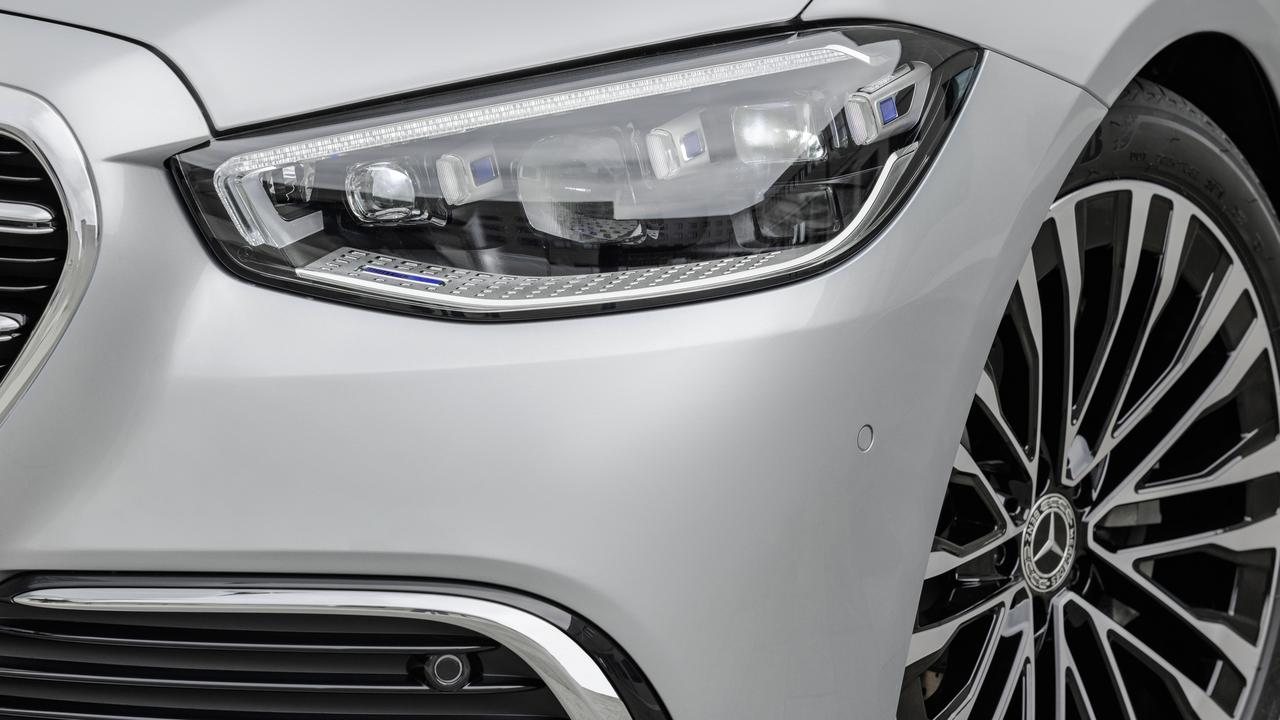Consumer electronics show gives an insight into the car of the future
Tech companies are muscling in on the automotive business, reshaping the cars we will drive in the future.
IT’S the end of the car industry as we know it.
In a pivotal moment at this week’s Consumer Electronics Show in Las Vegas, Jensen Huang, the billionaire co-founder of tech firm Nvidia, pulled a computer chip the size of a postage stamp from his pocket.
Virtually a supercomputer, the chip had the processing speed required to keep an autonomous car on the move.
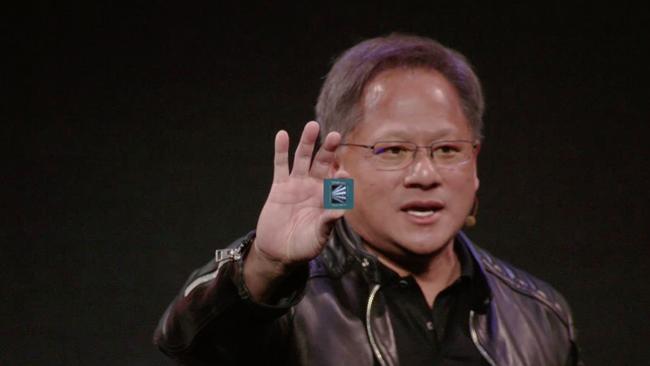
Huang then cut to a video of a car completing a 13km loop on public roads, negotiating 23 intersections, eight turns and two stop signs without driver intervention.
This signified the merging of tech companies and the car industry. As vehicles of the future become more complex and more autonomous, they also will be more interactive.
Toyota announced a partnership with Amazon to share its Alexa voice recognition tech — an answer to rivals who have Apple CarPlay and Siri to control basic audio and navigation functions.

In the future you may be able to order takeaway food by voice on the move. Or even take care of basic food shopping.
Kia and Google Assistant have teamed up for the same reason, while Google is working on enhancing its Android Auto tech.
It’s mind boggling stuff, especially when we are trying to eliminate distraction from cars rather than give drivers more to think about.
We can expect cars of the near future to have super-wide high-resolution screens to match the latest phones, as suppliers such as Panasonic and Samsung lend their expertise to in-car entertainment and display screens.
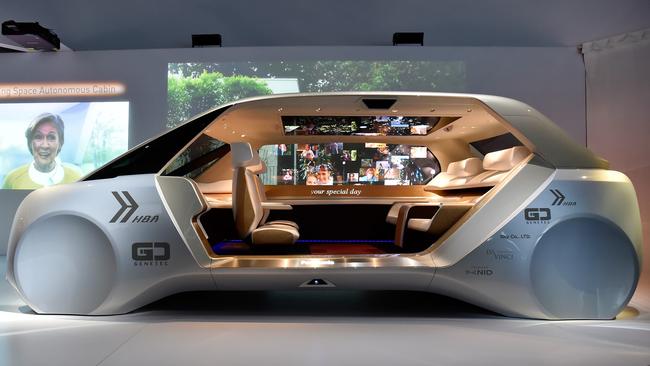
Panasonic displayed an autonomous concept car at CES, while Samsung’s presentation talked about the “connected car experience”.
Designed by former BMW and Apple engineers, the Byton (main picture) upstaged the big automotive brands with a screen so huge it looked like a home theatre. It even had a tablet-style display in the steering wheel. Mercedes-Benz provided a shorter term glimpse of the future by unveiling the new cabin of its A-Class small car.

AUTONOMY
With our eyes captivated by the scope of these screens, the car will need to take greater control of our driving.
However, while almost every car maker claims driverless and connected vehicles are just around the corner, that’s not really the case.
When car companies say they will be “on the road” with an automated car by or in the early 2020s, that claim has several meanings.
One: what level of autonomy are they talking about? Nose-to-nose on freeways or able to detect and brake for pedestrians in congested city streets? Two: the car might be “on the road” but not for sale.
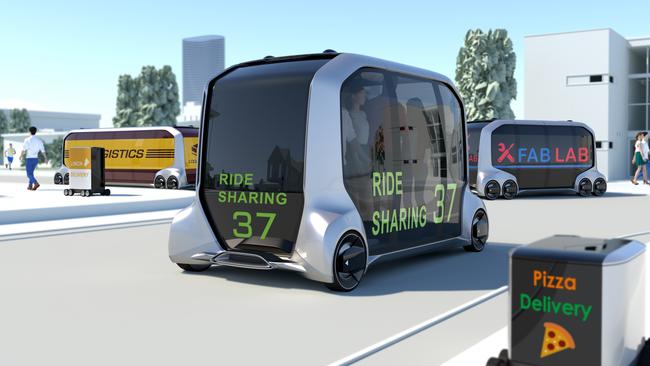
The dose of truth came from one of Hyundai’s high ranking executives.
Jinwoo Lee, one of the senior executives in charge of Hyundai’s intelligent safety centre, says most autonomous vehicles will be on the road in their final development phase in the early 2020s, available to selected fleets in the mid 2020s and in showrooms for consumers to buy in the late 2020s.
In a decade autonomous cars will be available to those rich enough to afford them because the technology is so expensive.

Autonomous cars need dozens of sensors including cameras, radar and lidar. That data then needs to be cross-checked with satellite navigation data, all in the blink of eye. The processing power and speed needed is huge.
NVIDIA
That’s why the Nvidia computer chip and its invention of “the world’s first autonomous machine processor” are so crucial.
Its hardware and software could underpin autonomous and connected car technology used by most big brands within a decade.
Uniquely, the Nvidia chip has “dual execution, runs everything twice without consuming twice the horsepower,” says Huang, who added the technology “can never fail because lives are at stake”.
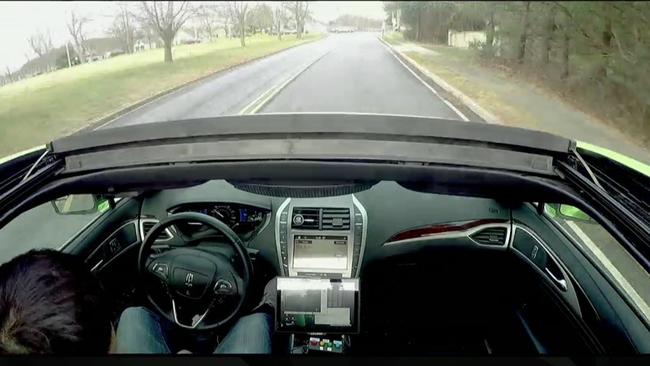
Nvidia says it took 8000 engineering years to design the chip and it cost “billions” of dollars in research and development.
The next challenge: to bring the cost down “to the same level if not below” that of conventional cars.
The industry is divided on whether autonomous vehicle technology is good enough for airbags and seat belts to be removed.
Hyundai thinks not for the time being “because we never know what may happen”. For years to come there is still the prospect of an autonomous car being hit by a manned vehicle.
INFLATED EXPECTATIONS
Some brands, such as Ford and Toyota, have advanced concept cars that don’t include a steering wheel. Toyota’s e-Palette, effectively a box on wheels, is a miniature monorail carriage that can use roads. Passengers sit or stand.
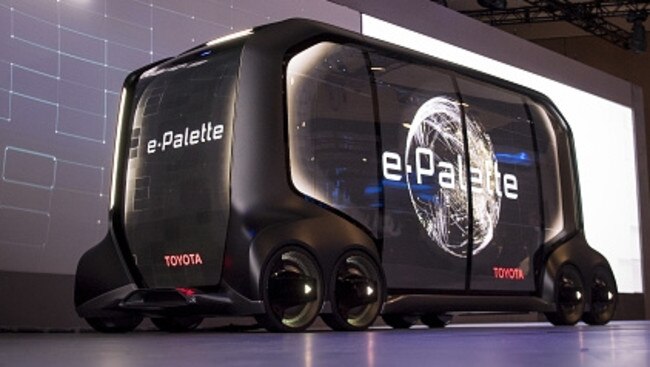
A Lexus limousine equipped with a roof console and sensors on the body gives the car 360-degree view of the world. This is what autonomous cars of the future will initially look like until designers find a better way to hide the sensors and cameras.
Despite the hype, though, most experts think a car without a steering wheel is still more than a decade away, and even then only in closed-road communities.
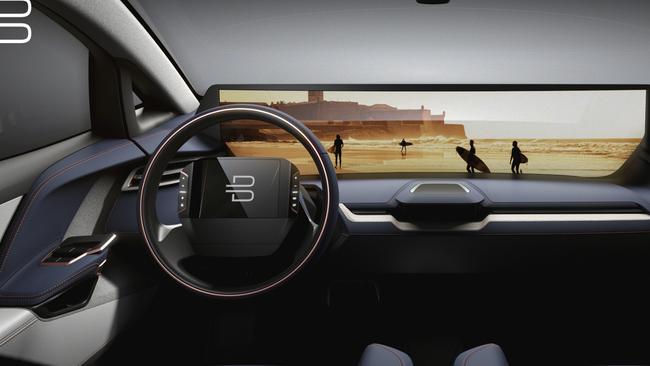
“We’ve reached peak inflated expectations,” says Dr Paul Alexander, the chief technical officer from Adelaide start-up Cohda Wireless.
The steps to autonomy will be a lot more gradual than the public is led to believe, he says.
Cohda has recently signed a deal to sell car-to-car tech to global automotive technology provider Delphi which, in turn, supplies it to General Motors’ luxury Cadillac division.
The latest Cadillacs will be able to send warnings to each other up to a kilometre away when they encounter such perils as a patch of ice or an oil slick, or if the driver slams on the brakes due to a freeway snarl.
The hope is that — eventually, as in more than a decade — cars from most brands will packets of data to each other to warn of hazards.
“The challenge is not the ability for the car to read and process data quickly, we can do that now,” Alexander says.
“The challenge is how quickly we can send it to another car and what packets of data you send. The bandwidth is the roadblock.”
Most developed countries have reserved the radio frequencies for “car to car” and “car to infrastructure” — the next frontier is the speed and security of wireless networks to link them.
As a sign of things to come, 400 sets of lights in New York can communicate with about 8000 Cadillacs with compatible technology.
Autonomous cars are important because roads are becoming too crowded. As Huang says: “In a little more than 10 years there will be another billion people in society … and an increase in traffic by a factor of three, from 15 trillion miles to over 40 trillion miles per year.
“It’s not possible for the world to sustain a billion more people … if we need parking lots for all these cars. ”



